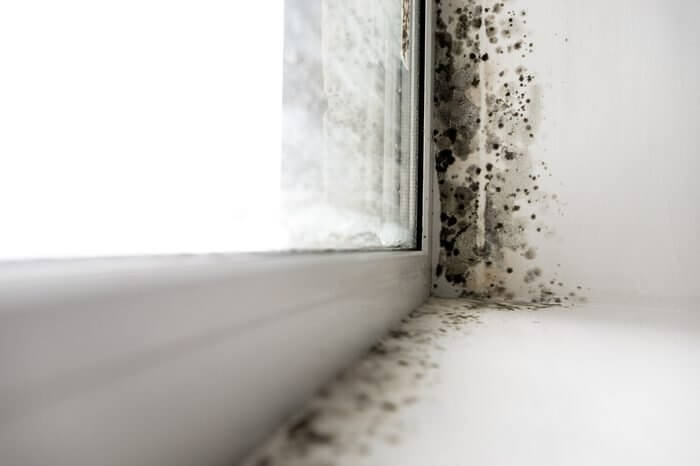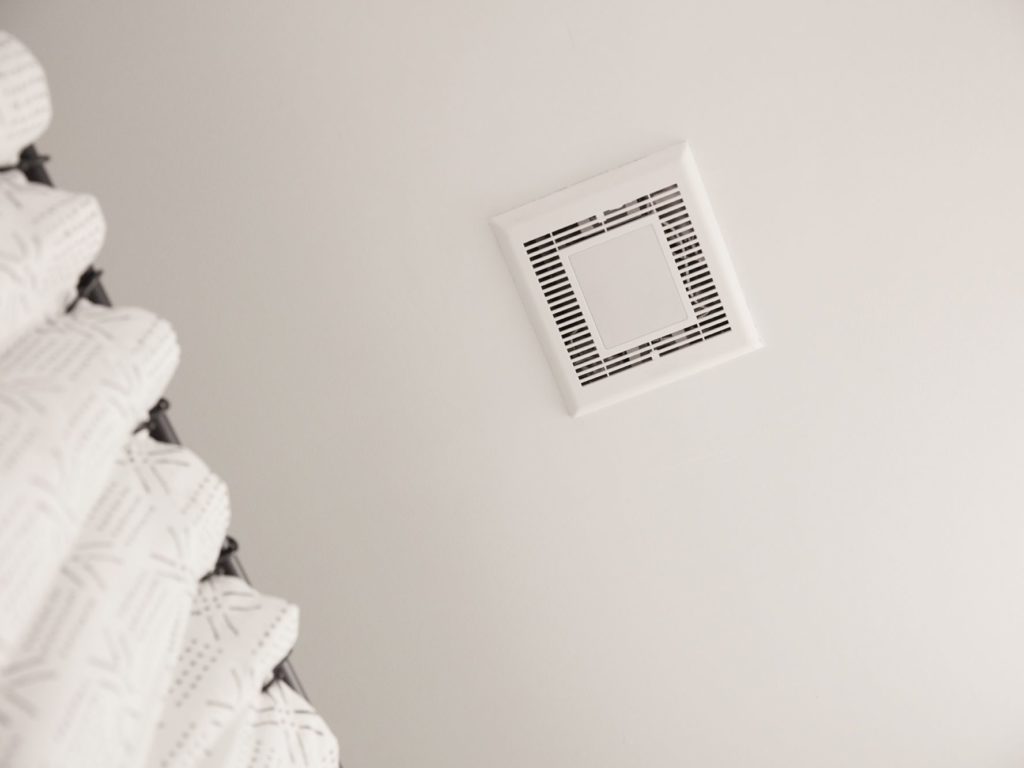With the recent deluge being suffered across Sydney and New South Wales, many homes have seen mould appearing in abundance in bathrooms, showers, and rooms not generally associated with mould. If you are suffering a recent rise in mould, this article will provide helpful tips and information to help reduce mould.
- What are the best ways to rid my bathroom and shower of mould?
- How can I reduce the reoccurrence of mould in my home?
- Does regular cleaning help?

First, let’s establish what mould is, as this helps us understand the best way to treat it, no matter how bad it is.
Mould usually looks like a “fibrous growth” on indoor surfaces like ceilings and walls and can range from colourless to brown, yellow, green or blue. Tiny “thread-like things” form its body and contain microscopic spores that float in the air and spread when disturbed.
You can expect to see mould when there is an excess of moisture in the air, combined with an absence of ventilation. During the recent NSW rainfall, the continued rain and high humidity saturation, instances of mould may have exploded in your bathroom as you keep the windows closed to keep out the rain.
Some health concerns should be considered where mould is found in abundance. Mould can lead to several respiratory health problems. It may cause upper respiratory infections and exacerbate asthma, especially if you spend up to 24 hours a day in your home.
Some people may experience “sick building symptoms”. This is where people get wheezy, sneezy, or suffer from headaches and irritated eyes after spending long periods indoors.
Because moulds give off volatile compounds that contaminate the air and spores that irritate people’s airways, the effects typically resemble asthma-like symptoms.
So, how do you rid your bathroom of mould?
Ventilation is key!

Opening windows to allow a steady flow of air through the room will help reduce the conditions needed for mould to grow, lower humidity, and keep mould to a minimum. Reducing humidity can also be achieved by using an air conditioning unit or dehumidifier for up to two hours a day in any required room.
Preventing rain and humidity from getting indoors is also crucial (if a little obvious!) – this means only opening windows for air circulation if the air outdoors is dry.
Regular cleaning of areas susceptible to mould will help keep it under control. Depending on where the mould is growing, the method of treatment or cleaning will be different.
If mould is growing in a spot like the bottom of a window, where the glass meets wood, there might not be much moisture inside the wood. In this scenario, the mould is most likely a result of condensation on the glass plane dripping down, and you could wipe it off.
In these instances, do not use products containing bleach; it may cause damage or discolouration when encountering wood surfaces. Instead, using a vinegar solution of white vinegar diluted in water to a ratio of 1:5. Vinegar will effectively clean mould off the surface and penetrate the substrate to kill the mould, reducing the possibility of a recurrence of the issue.
If your mould issues result from a leaking pipe, tap, or shower, then it is a lot more serious. This may require the removal of plasterboard or wall tiles to ensure the leak can be fixed first before tackling any surface mould occurring.
Another cause to consider is ground drainage, which may allow water under your property, causing water to pool and, in turn, causing rising damp, which leads to more mould. With winter on the way, it is always wise to get this issue sorted before we get into the wetter winter months.
Should you need any leaks fixed in your home or an inspection carried out to check on ground drainage, contact Mr Drains now on (02) 9986 1234 to arrange a free quote on getting your leaks fixed and mould under control.
